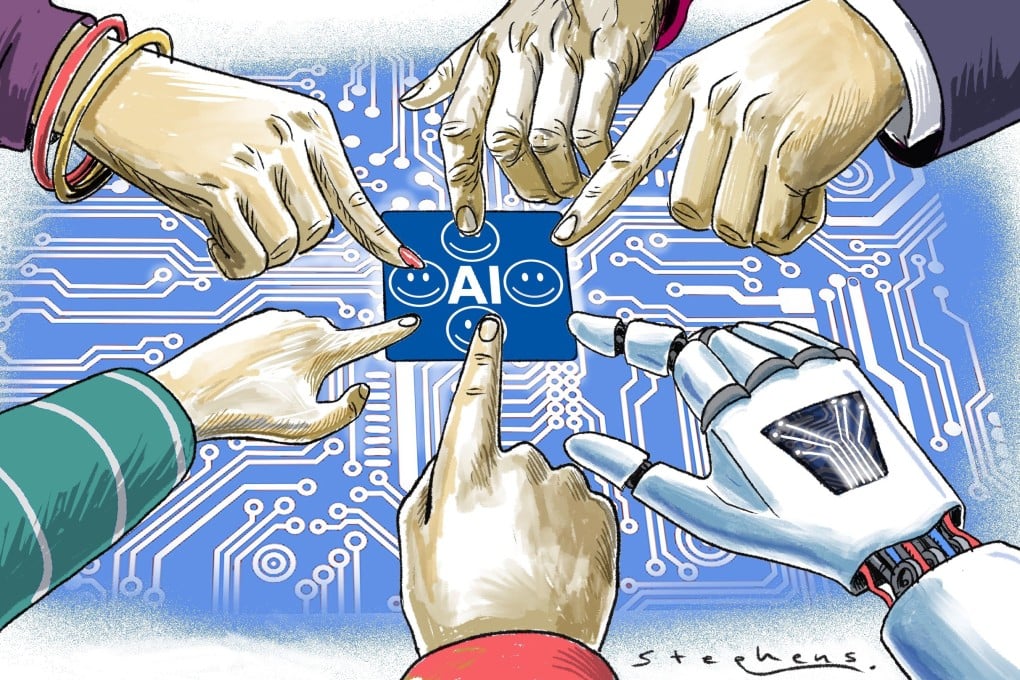Opinion | Rethinking AI development: maximum intelligence vs useful applications
It is no longer about who has the most advanced AI model. Capital will follow revenue-generating commercialised applications

The foresight of President Emmanuel Macron’s government was on display as technologists and business leaders from around the world gathered in France to announce hundreds of billions of euros’ worth of AI and related infrastructure investments.
Amid the excitement about opportunities for Europe to participate in the rapid development of AI, I was asked how Alibaba Group saw the future of AI. This question requires some context.
Until now, the public’s attention had been on who is developing the smartest frontier model. Every launch of a model is accompanied with benchmark comparisons about capabilities in maths, coding, reasoning, etc. But this type of race belongs only to an exclusive club of companies that have enormous resources, each of them investing US$60 billion-US$80 billion per year in compute infrastructure.
To use a human analogy, training frontier models is like the arduous process of educating children – you need 25-plus years and lots of books and teachers to develop a postgraduate degree expert. Imagine if the AI race were about the development of the smartest children, and only a handful of rich parents could afford to have children that can win a Nobel Prize. Then, what about the rest of us?
